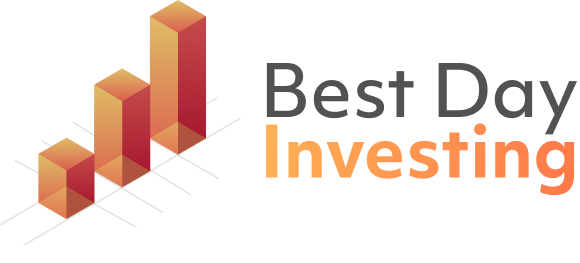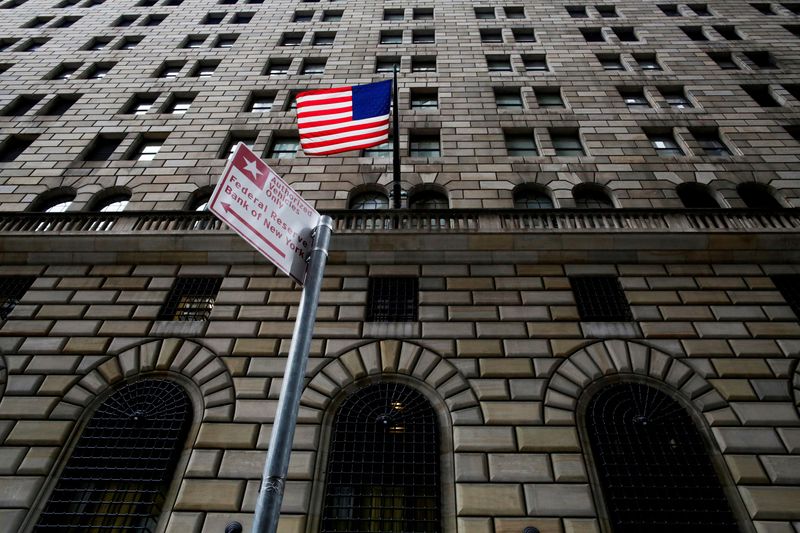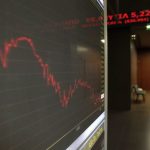By Michael S. Derby
NEW YORK (Reuters) -U.S. consumers’ outlook on the expected path of inflation was mixed in December amid rising worries about households’ ability to make debt payments, a survey by the New York Federal Reserve showed on Monday.
The regional Fed bank said in its latest Survey of Consumer Expectations that respondents see inflation a year from now steady at 3%, while the forecast for price pressures in three years ticked up to 3% from 2.6% in November and ebbed to 2.7% on a five-year timeframe from the prior month’s 2.9% reading.
It also found that uncertainty over the inflation outlook increased at the one- and three-year-ahead horizons but fell at the five-year perspective. The survey also said the expected price of food rose, but other key categories showed declines, notably with gasoline hitting the lowest reading since September 2022. Expected gains for home prices were also largely stable at 3.1%.
The survey was released three days after data from the University of Michigan showed big gains in one- and three-year-ahead expected inflation.
Price pressures have again leapt to the fore of the economic debate amid unexpectedly sticky inflation readings over recent months. While the stalled retreat in inflation back to the Fed’s 2% inflation target was not enough to deter the central bank from cutting rates last month, it has played a part in policymakers dialing back expectations of further cuts this year.
Fed officials last month also raised their forecasts for inflation in 2025 and 2026. Meanwhile, the incoming Trump administration is widely expected to pursue economic policies, including import tariffs and deportations of undocumented immigrants, that will likely boost inflation and further complicate the Fed’s rate-cut calculus.
The New York Fed’s survey also found a mixed bag on households’ view of their finances. While more respondents were upbeat about their personal financial situations, they also said they expected smaller future gains in income and earnings, while holding a mixed view on the outlook for the job market.
The survey showed households bumping up the probability of missing a debt payment to the highest level since last September, matching a reading last seen in April 2020, during the tumult of the initial phase of the COVID-19 pandemic. The report said this fear was broad-based across income and education groups.



